The ham dryer: the key to making a good ham
Among the essential stages of ham manufacturing we can cite salting, washing, shaping and, above all, drying, where the ham is refined and then matured in the cellar.
Drying is carried out in facilities created for this purpose, called "secaderos".
General characteristics of drying sheds
The drying sheds constitute practically the last link in the ham production process. There the hams are dried and prepared to be transferred to the cellars where they will be matured for the time necessary for their subsequent marketing.
Drying sheds can be classified as natural or artificial. However, regardless of the type of dryer used, the important thing is to control the temperature, humidity and ventilation levels of the hams.
The drying phase in the dryers is the culmination of the ham flavor formation process.
The ideal temperature for drying Serrano ham should be above 14°C. This allows the aromas and flavors of the ham to develop. In this way, the aromas and flavors of the ham acquire perfect stability.
The drying and maturation of Iberian ham is a key process for the balanced formation of aroma and flavor. After washing, where salt residues are removed, the Iberian hams are transferred to natural drying rooms, open to the wind, where their temperature and humidity level are controlled. Piece by piece, the hams are hung and preserved for a period of six to nine months at temperatures between 15° and 30° Celsius. Then, like Serrano ham, they are aged in cellars for up to two years.
Types of dryers
Ham drying racks can be constructed artificially or naturally.
The artificial dryer is completely enclosed and controlled by a ventilation system, which moves air in and out by means of a mechanism that consists of alternating periods with air and periods without air.
Artificial dryers include "mini-dryers": compact, easy-to-install units equipped with electronically controlled microprocessors, supplemental heating to quickly raise the temperature, and pressurized fans.
The natural dryer, implemented only in open spaces, can only be installed if the climate of the region lends itself to this form of drying. It should be a climate with low temperatures and low humidity. In all cases, these dryers require a series of equipment: mosquito nets, fans, shutters and heaters. In addition, they require several daily checks.
When does drying begin in the drying sheds?
The hams enter the dryer after the salting, washing and profiling phases, which take place during the first 90 days after the pig's slaughter.
According to the corresponding regulations, the slaughter and butchering of pigs fed with 100% Iberian acorns must take place, each year, between the months of January and March; therefore, the transfer of hams to the dryers takes place during the last period of winter.
The duration of the drying process generally depends on the weight of the fresh ham. In the case of Serrano ham, for example, 2 kilograms of ham is equivalent to approximately 2 months of maturation. Iberian hams generally take longer.
Once the drying process is completed, the hams are transferred to the cellar, where they remain until they are marketed. For Iberian hams, this phase does not exceed 24 months.
However, before being transferred to the cellars, the hams undergo "cala". The “cala” is an awl made from the tibia bone of a cow. This punch is inserted in three or four different places in the room to check that the aromas are those initially sought.

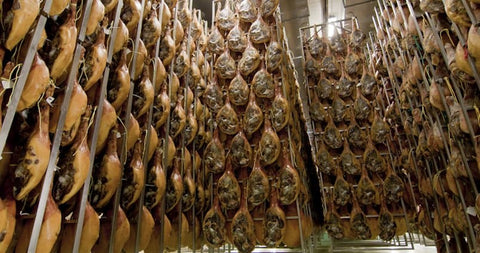
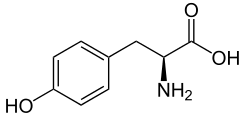


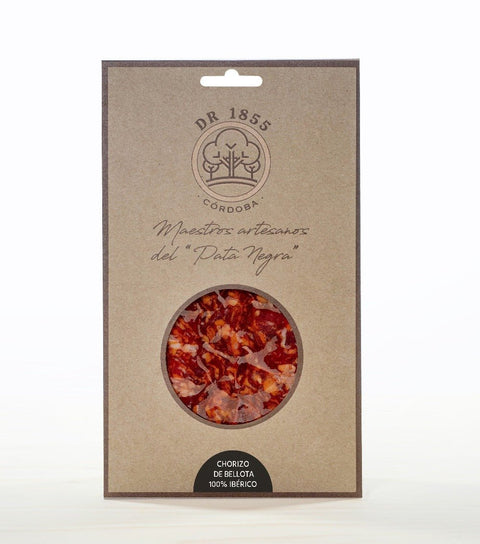
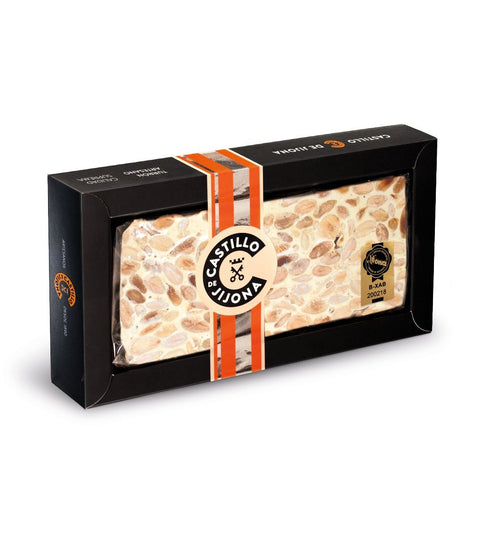
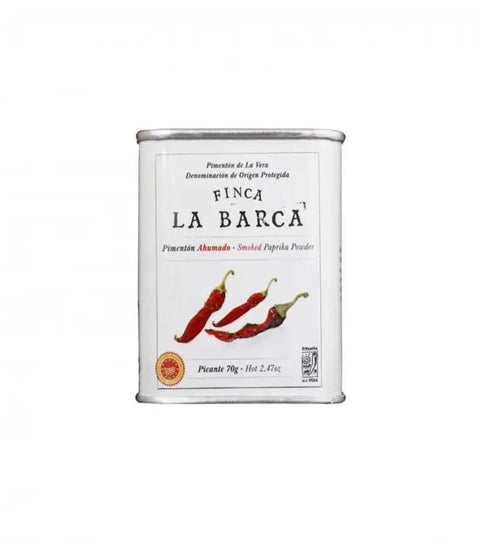


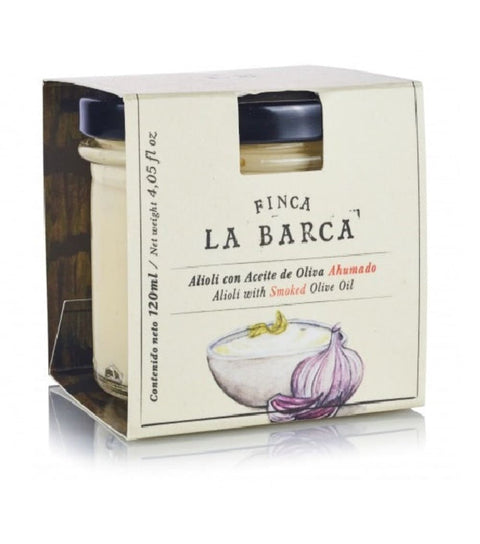
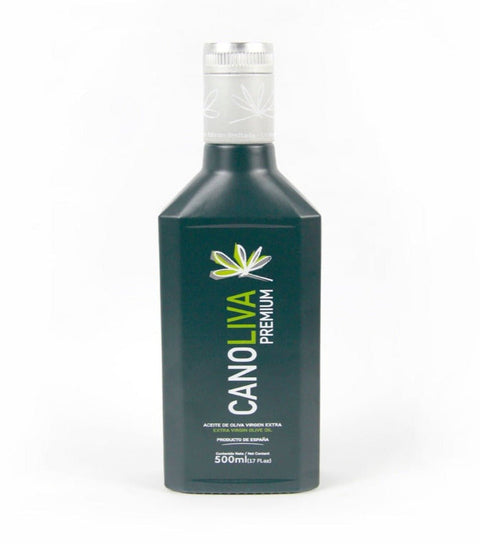
Comments (0)
There are no comments for this article. Be the first one to leave a message!